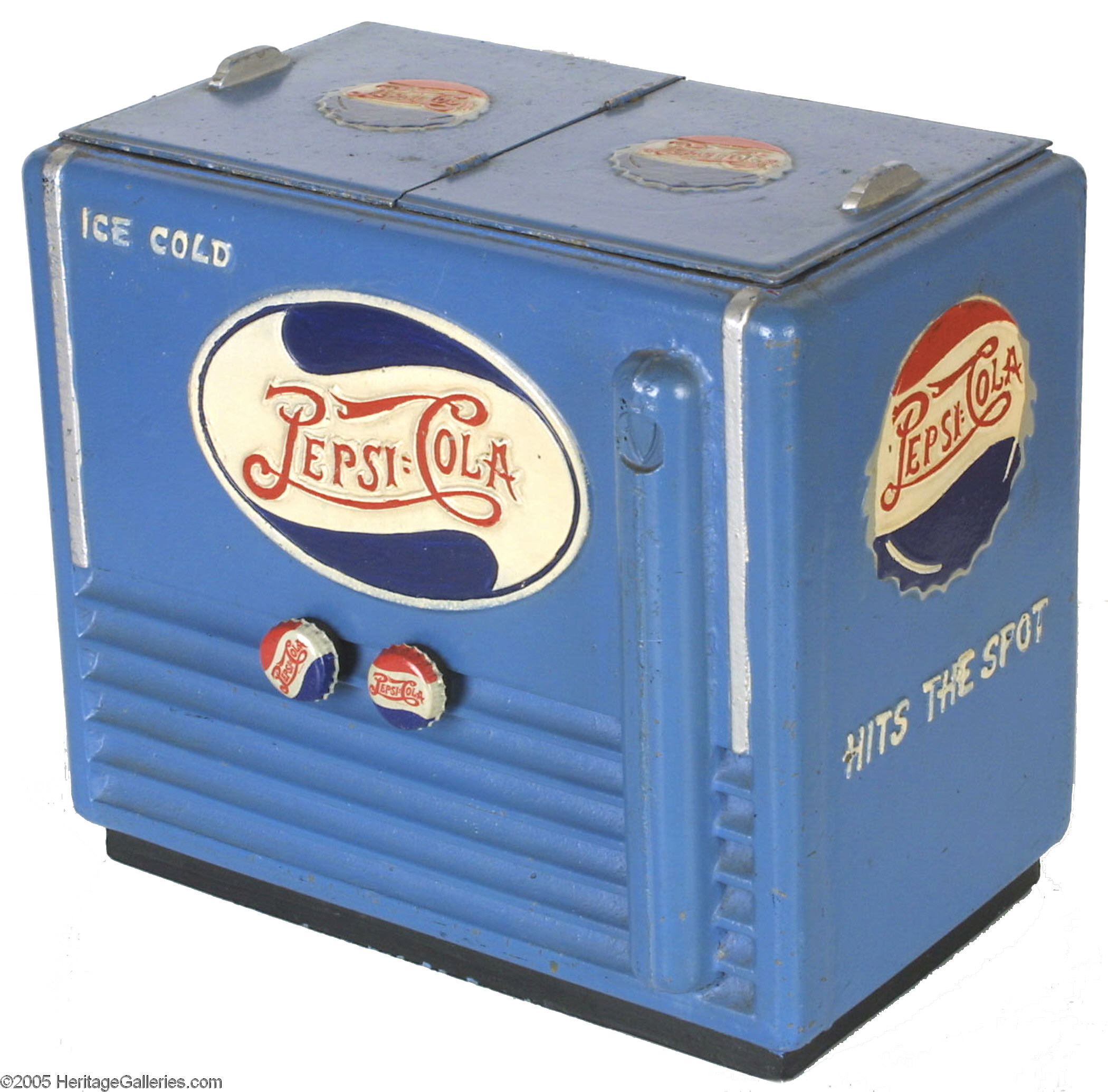
By Jim O’Neal
PepsiCo stock dropped recently when they canceled a meeting with bottlers to address the declining sales of Diet Pepsi. According to Nielsen (the experts in market share), sales of Diet Pepsi have dropped a staggering 12 percent in the last three months as consumers complain about the taste. The primary culprit appears to be replacing aspartame, an artificial sweetener, with sucralose, a sugar substitute.
Everybody still remembers the fiasco in mid-1985 when the Coca-Cola Company introduced “New Coke,” the unofficial name of a reformulated Coke. After the furor that ensued with customers (“Don’t f— with my Coke!”), they quietly withdrew the product.
Taste is one issue, but in 1969 the artificial sweetener cyclamate was banned due to concerns about it being a carcinogen. These concerns were later allayed, but not before products in all supermarkets and other distribution channels were withdrawn and destroyed. Now, sugary soft drinks will probably die a slow death due to effects of obesity, diabetes and political pressure (Philadelphia is poised to implement a 1.5 cent-per-ounce tax on sugary and diet beverages). Many schools already have banned them.
The bigger point is that the things we eat and drink today are remarkably safe (though maybe not necessarily healthy), especially when compared to items sold before the Food and Drugs Act of 1906. This led to the creation of the Food and Drug Administration.
The real improvements in what we ingest today are simply stunning when compared to that of the 17th century and for many years after. Virtually nothing escaped the devious wiles of that era’s food adulterers. Usually, the primary focus was stretching more expensive items. Sugar was stretched using gypsum, plaster of paris, sand dust and other forms of “daft” (as such additives were collectively known). Butter was bulked out with tallow and lard.
A tea drinker might unwittingly take in anything from sawdust to powdered sheep’s dung. In The Victorian House, a bestselling social history of Victorian domestic life, Judith Flanders writes how “tea” shipments might have been half tea and the rest common dirt and sand.
Sulfuric acid was added to vinegar for extra “sharpness,” chalk helped somehow in milk, and turpentine in gin gave it a little kick. Copper arsenite was used to make vegetables greener and lead chromate gave bakery products a golden glow. Bread was a particularly attractive target. In The Nature of Bread, Honestly and Dishonestly Made, Joseph Manning, M.D., reports it was common for bakers to add bean meal, chalk, white lead, slaked lime and bone ash to every loaf they made.
Ugh.
Still, I hope the Pepsi folks don’t get too creative with Diet Pepsi. It tastes fine to me. It looks like the problem is they only substituted one artificial sweetener for another … taking out aspartame and adding sucralose from high-fructose corn syrup.
Maybe they didn’t get the memo that consumers in growing numbers are rejecting artificial sweeteners and chemicals (in all foods and beverages). Or maybe their subscription to Chemical Week expired. When consumers want artificial additives, they can go to CVS or Sherwin-Williams.
 Intelligent Collector blogger JIM O’NEAL is an avid collector and history buff. He is President and CEO of Frito-Lay International [retired] and earlier served as Chairman and CEO of PepsiCo Restaurants International [KFC Pizza Hut and Taco Bell].
Intelligent Collector blogger JIM O’NEAL is an avid collector and history buff. He is President and CEO of Frito-Lay International [retired] and earlier served as Chairman and CEO of PepsiCo Restaurants International [KFC Pizza Hut and Taco Bell].
